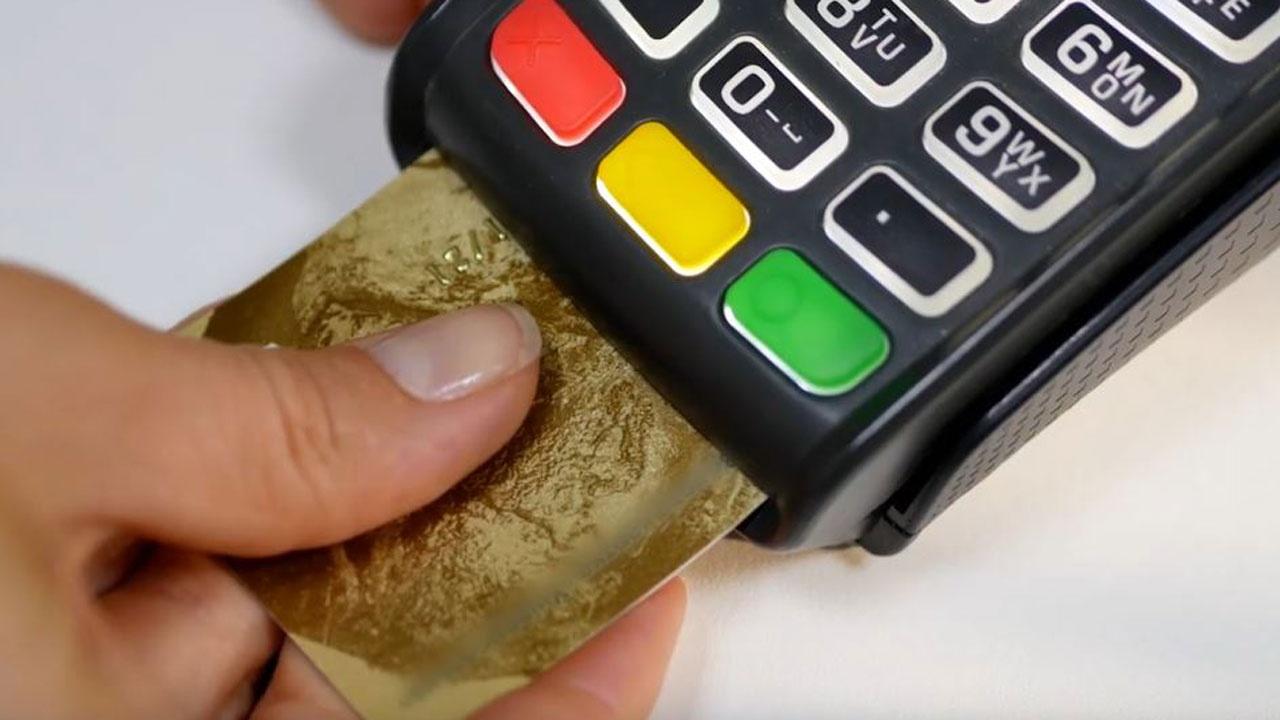Here’s a riddle. What am I describing?
It’s dangerous. Use it rarely if you can.
Some people abuse it.
For other people, it’s a life saver. Or at least a life enhancer. What is it?
Is it a prescription drug?
Well, yes. I just described prescription pharmaceuticals.
But also, I’m describing debt.
Debt, like a prescription pharmaceutical, can be dangerous. It should be kept locked up in a cabinet, accessible only with a careful prescription and with the agreement of a trained professional.
And yet, like that same bottle you get at the drugstore: Debt can also enhance your life.
Student loans open up a world of learning and professional possibility. A car loan may be just the thing to allow you to get from here to your job. Or school.
And a house loan - used carefully - is part of a powerful formula for building wealth through home-ownership. So debt is not evil in itself. Used strategically and cautiously, it’s practically magical. Your life can be made better by it.
Know the Cost
So what’s the problem? The problem is the price of debt. The difference between good and bad debt is its cost. The price of debt is always expressed as an annual interest rate. The higher the interest rate, the higher the cost of your debt.
For people with good credit, student loans, car loans, and home loans can all be obtained these days at a reasonably low interest rate. In this environment, you can obtain these for less than 6%, and often closer to 4%. That price of debt - below let’s say today a 6% annual rate - is compatible with good decisions and personal wealth-building in the long run.
Expensive debt, however, is far more dangerous. In this environment, a 10% or more interest rate will undermine even your best financial plans.
So what kind of debt charges more than 10%? Almost all credit cards. Any personal loan from a ‘payday’ loan company. Any pawn shop loan. Loans from furniture stores. Many business loans. Property tax loans, tax-advance loans, and title loans.
But seriously: Credit Cards
Let me repeat the first type of bad debt, however, because it’s easier to obtain than the common cold: Credit cards. You may think it’s clever to get that teaser 0% interest on rollover balances for 6months, but over time - if you carry a balance - you’ll end up paying a high rate of interest. Those rates are often 18%, 25% or even 29%. This high price of debt is totally incompatible with building healthy personal finances.
And Sub-Prime
Now, pay close attention to this next part. While car loans and home loans might be low interest (and therefore low cost and reasonably good), a whole other category of car and home loans are “sub-prime” with high interest rates. That means they are targeted to folks with imperfect credit histories. If you’ve got an imperfect credit history, then you’ll get a high interest rate car or home loan. At that point, the best thing you can focus on financially is to get your high interest debts paid down as soon as possible. Practically nothing else matters. Rid yourself of high-interest debt.
Debt-free?
Ultimately can we, or should we, go debt free? Can we be hardcore and pay cash for everything? Maybe.
I mean, sure, it would be lovely. But few people can, and even fewer people will.
I know I don’t.
Used carefully, debt can enhance your life tremendously. Like pharmaceuticals, the key is moderation, and sticking only to the low-interest kind.
So, in sum: If you’ve got high interest debt, including especially credit card debt, the only thing you need to know to vastly improve your finances is to pay that down to zero. If you’ve got low interest debt - like student loans and prime car or home loans - you can take your time a bit more. That low interest debt is affordable, and possibly, life enhancing. Use with caution, use in moderation, and use it to enhance your life.



